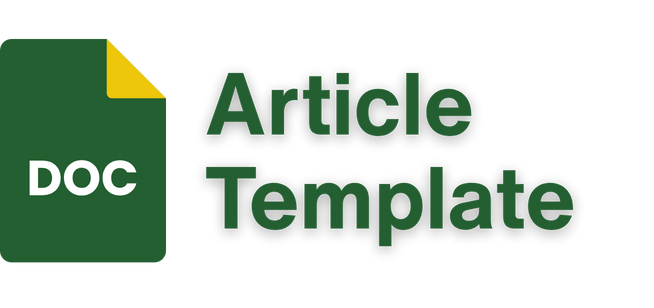PersepSi Akuntansi Sektor Publik versus Akuntansi Pemerintahan
DOI:
https://doi.org/10.32812/jibeka.v11i2.56Keywords:
perception, public sector accounting, government accountingArticle Metrics
Abstract
Perceptions that are disseminated in Indonesian government accounting teaching are government accounting substitutes for public sector accounting. The logic of teaching spread always begins from the discussion of clean government and the clean individual. The definition of money in clean government in Indonesia involves the relationship between the executive and the legislature, the consolidated funds and the national loan funds in preparing the appropriate budget plan (RAPBN / RAPBD). The problem is, in general, the public sector is described as a government institution or with a clearer sentence of the ruling government, state government, and national industry of government-owned enterprises, public legal entities, public corporations. But the word is deemed inadequate, so the phrase of the ruling government is still a controversial debate in the context of democracy which states that the people are the most powerful. The purpose of the article explains the correct understanding or perception of public sector accounting. Notwith standing the importance of understanding accounting techniques in governmental organizations, public sector accounting teachings are developed under different conditions.
Downloads
References
2.E.S. Savas. 2000. Privatization and Public-Private Partnerships. Chatham House Publishers/ Seven. Bridges Press, New York, 2000.
3.Gaebler and Ted. 1992. Reinventing Government: How the Entrepreneurial Spirit is Transforming the Public Sector. Boston: AddisonWesley-Publ. Co.
4.George Latimer . 1975. Was an escaped slave whose case became a .... New Haven: Yale University Press.
5.Gones. 1992b. Perbedaan antara Laporan Keuangan Sektor Publik dengan Laporan Keuangan Sektor Swasta. Yale University Press. Issue 5, pp 147–150.
6.May, R.G. and G.L. Sundem. 1976. Research for Accounting Policy. Graduate School.
7.Parker dan Yamey. 1994. Karakteristik dan Lingkup sector Public. mnchaniago.blogspot.com/.../akuntansi-sektor-publik-karakteristik diakses, 29 Juli 2017.
8.Pendlebury (1992) and Hercok (1989. State that the Central or The Local Government Funds The broad Provision of Public Goods in Most Countries. Bridges Press, New York.
9.Ronen dan Schiff. (I978). Public Sector Characteristics Organization. International Seminar in Inglish.
10.Sowerby. 1985. Dalam Narayan Chandrasekaran; Nguyen Luong Dung; Oskar Mahrenholtz. Volume 51.
11.Sterling, J. 2004. Look at Communication Theory. Robinson, J.P., dan Shaver Publish, P.R.
12.Watts, R, L., and Zimmerman, J, L. 1978. Positive Accounting Theory. New. York, Prentice Hall. Watts, R,
Downloads
Published
How to Cite
Issue
Section
License
Happy reading. Do not forget to cite. Thank you.








